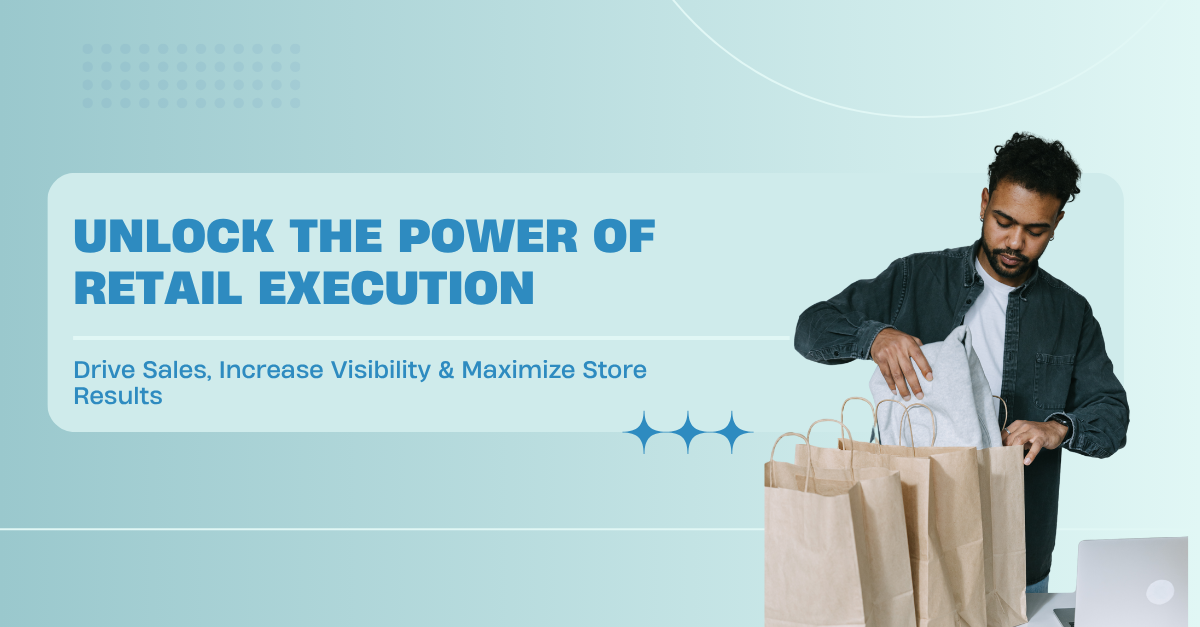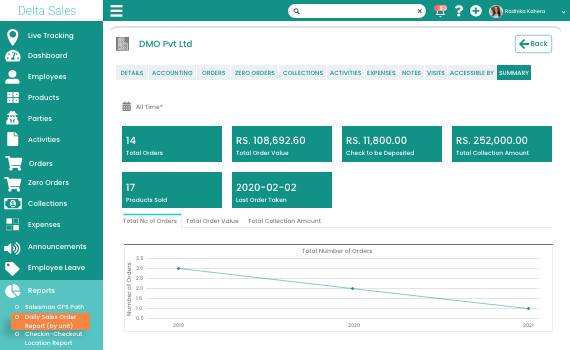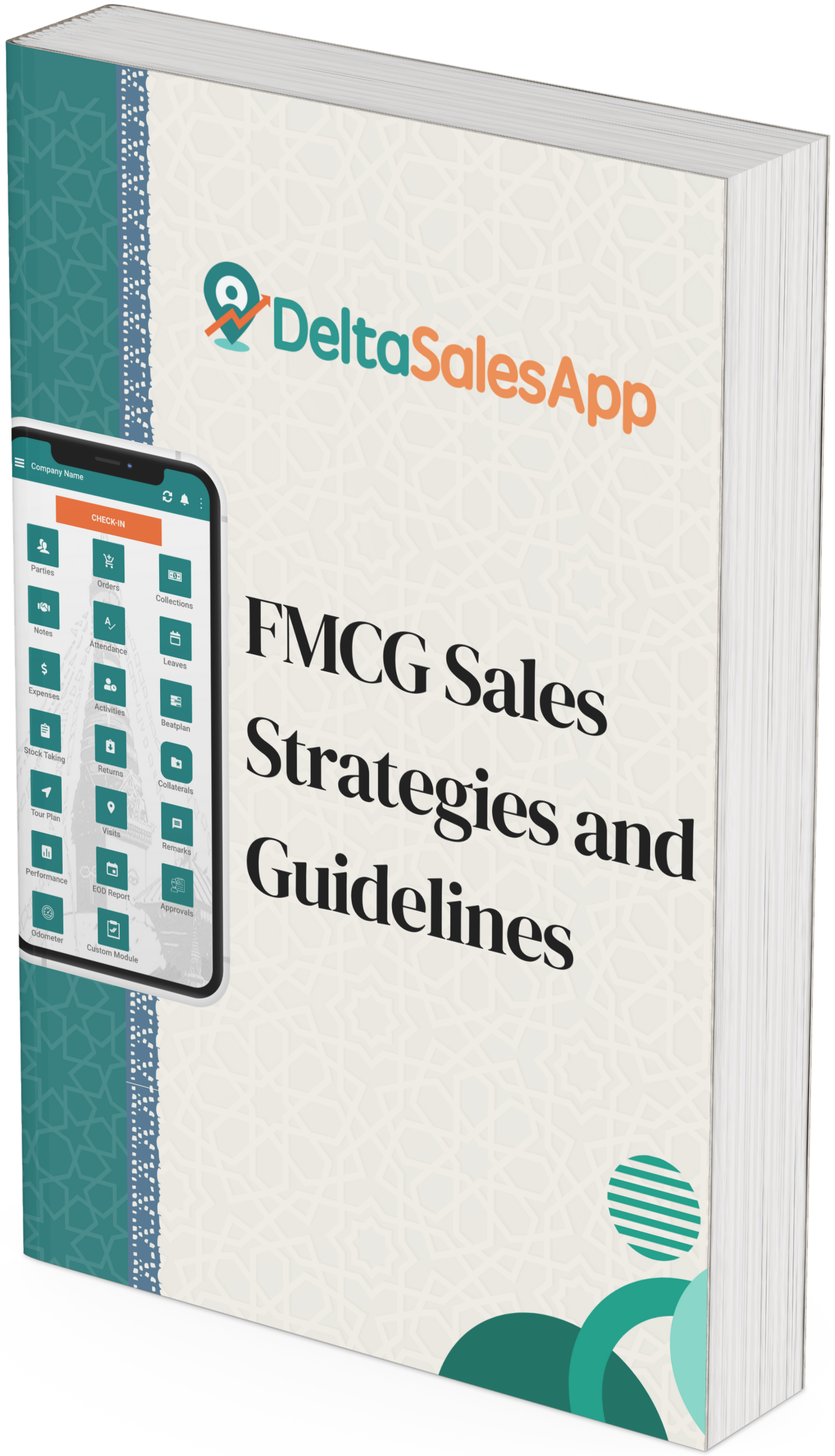The Complete Retail Execution Framework: Strategies, Data, and Tools That Drive Growth

In today’s hyper-competitive retail environment, achieving consistent retail execution is crucial for brands and distributors looking to maximize sales, enhance visibility, and improve customer satisfaction. Retail execution encompasses a set of strategies, processes, and technologies designed to ensure that products are optimally placed, promoted, and sold at the store level.
From small FMCG brands to large retail chains, companies that master retail execution can drive growth by improving shelf availability, ensuring compliance with merchandising standards, and leveraging data-driven insights to optimize operations.
This blog explores the complete retail execution framework, including strategies, key metrics, and tools that help businesses excel in modern retail.
What is Retail Execution?
Retail execution refers to the operational process of ensuring that products are available, displayed, and promoted correctly in retail stores. It’s not just about delivering products to stores; it’s about ensuring that every aspect of the in-store experience aligns with brand standards and sales objectives.
A robust retail execution framework includes:
Merchandising compliance - ensuring products are displayed as per planograms and promotional guidelines.
Shelf availability - avoiding stockouts and ensuring proper product placement.
Promotional execution - implementing discounts, displays, and campaigns effectively.
Data collection - tracking sales, inventory, and store-level performance for insights.
By combining strategy, data, and technology, businesses can create a systematic approach to retail execution that drives consistent growth.
Why Retail Execution Is the Key to Market Performance
Effective retail execution impacts multiple aspects of business growth:
Increased Sales and Revenue: Brands that execute in-store strategies flawlessly experience higher sales because products are more visible, available, and appealing to customers. Retail execution software helps track promotions, monitor shelf compliance, and ensure that products are always where they need to be.
Enhanced Brand Visibility: A well-executed retail execution strategy ensures that your brand stands out on crowded shelves, improving brand recall and influencing purchase decisions.
Operational Efficiency: By leveraging digital tools and retail execution systems, businesses can automate reporting, track in-store activities, and manage field sales teams more effectively, reducing errors and inefficiencies.
Better Decision-Making: Access to real-time data allows managers to identify gaps in execution, adjust strategies, and make evidence-based decisions that drive growth.
Key Components of a Retail Execution Framework
To build an effective retail execution framework, businesses should focus on several core components:
Merchandising:
This entails choosing the appropriate product selection following layouts that match shopper tastes and current market directions. It guarantees peak product exposure, unified presentation, and thoughtful pricing that ultimately improves shopper satisfaction.
Inventory Control:
Monitoring stock quantities is vital to prevent running out of items or holding excess supply. Competent inventory oversight involves ordering goods punctually to keep stock at ideal levels, ensuring favored articles are consistently available for buyers.
Sales Drivers:
Developing and carrying out marketing efforts, special occasions, and price reductions are primary tactics to draw in buyers and elevate revenue. This may involve different loyalty schemes that generate buzz and motivate recurrent transactions.
Results Evaluation:
Observing and examining sales figures, shopper patterns, and store functions yields important knowledge regarding how well retail plans are working. This information assists in gauging the success of past marketing drives and setting the course for upcoming approaches.
Solid Partnerships:
Building robust rapport with vendors is necessary for effective on-site promotions and broader teamwork. This eases day-to-day activities and can secure superior shelf positions during discussions.
Personnel Development:
Instructing store personnel regarding the merchandise is fundamental for successful selling. When the team possesses sound grasp and awareness of the item and its advantages, they can be more adept at suggesting additional or alternative purchases.
Retail Execution Strategies That Drive Growth
To succeed in modern retail, businesses should implement proven retail execution strategies:
Prioritize High-Impact Stores
Focus efforts on stores that generate the most revenue or have the highest growth potential. Use retail execution tools to allocate field resources efficiently.Leverage Data for Insights
Track KPIs like product availability, compliance, and sales velocity. Analyze the data to identify underperforming stores or categories and take corrective action.Optimize Merchandising and Displays
Ensure planograms are followed, products are replenished, and promotional displays are implemented accurately to capture customer attention.Implement Field Automation
Use mobile apps and software to assign tasks, collect data, and monitor field team performance in real time. This reduces manual reporting and increases accountability.Align Marketing and Sales Efforts
Coordinate promotions, seasonal campaigns, and discounts with field execution to maximize impact and ROI.
Metrics to Measure Retail Execution Success
Effective retail execution depends on how well performance is measured and analyzed. Tracking the right metrics helps businesses optimize strategies, boost efficiency, and drive consistent growth.
Shelf Availability: Measures how often products are in stock and available on shelves. High shelf availability ensures customer satisfaction, minimizes missed sales, and maximizes product visibility and revenue.
Planogram Compliance: Tracks how accurately products are arranged as per merchandising plans. Ensuring planogram compliance improves brand presentation, encourages impulse purchases, and maintains consistency across multiple retail locations.
Promotion Compliance: Assesses how effectively in-store promotions are executed. Proper compliance boosts campaign success, strengthens brand recall, and ensures customers notice and engage with marketing initiatives at the right time.
Sales Growth: Evaluates the increase in sales resulting from improved retail execution strategies. Tracking sales growth helps businesses understand the financial impact of optimized displays, promotions, and team performance.
Field Team Performance: Measures the efficiency of field sales teams through KPIs like visit frequency, task completion, and data accuracy. Strong field performance drives consistent retail execution and business growth.
Tracking these metrics allows businesses to identify gaps, reward high performers, and continuously improve execution.
Tools That Support Retail Execution
Implementing a successful retail execution framework requires the right technology stack. Popular tools include:
Retail Execution Software - centralizes store data, monitors compliance, and tracks sales performance.
Mobile Sales Apps - enable field reps to capture data on the go, update inventory, and report promotional execution.
Integration Platforms - connect retail execution data with ERP, CRM, and supply chain systems for end-to-end visibility.
Analytics Dashboards - visualize data for insights and decision-making.

Investing in these tools reduces manual errors, increases accountability, and enhances decision-making at all levels.
Common Challenges in Retail Execution
While retail execution drives growth, businesses often face challenges:
Inconsistent In-Store Execution: Maintaining uniform product displays, pricing, and promotions across multiple locations remains a major challenge, leading to uneven customer experiences.
Inventory Management Issues: Balancing stock levels to prevent both overstock and out-of-stock situations is difficult, directly impacting sales and customer satisfaction.
Lack of Real-Time Data Visibility: Limited access to real-time insights on sales, inventory, and team performance hinders quick decision-making and responsiveness.
Employee Training and Engagement: Insufficient training and low motivation among staff result in execution errors, poor customer service, and missed sales opportunities.
Supply Chain Disruptions: Delays and uncertainties in the supply chain cause stock fluctuations and make consistent retail execution difficult to maintain.
Addressing these challenges requires a combination of process discipline, technology adoption, and continuous training.
Final Thoughts
Mastering retail execution is critical for businesses aiming to increase sales, improve in-store visibility, and enhance customer satisfaction. By implementing a structured framework that includes strategic planning, data collection, field team management, technology, and continuous monitoring, brands can achieve consistent growth.
The right retail execution software and mobile sales apps empower field teams, optimize store-level operations, and provide actionable insights for managers. Businesses that embrace this framework can make smarter decisions, boost productivity, and stay ahead in a competitive retail landscape.
Take Your Retail Execution to the Next Level
Discover how to simplify data, optimize store performance, and boost sales.
Explore How Retail Execution Can be Improved Using Simplified Data to Achieve Goals









